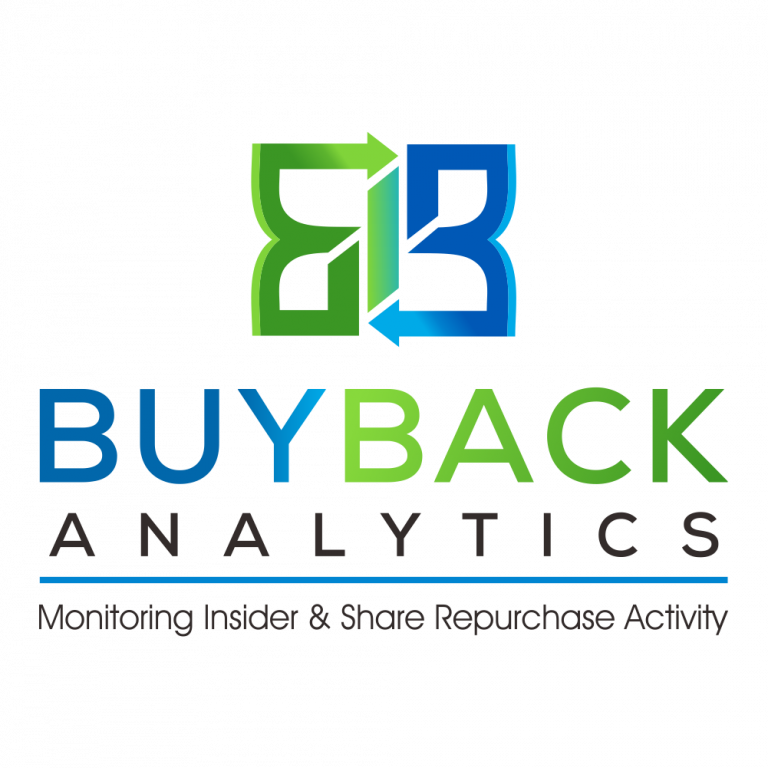How to Invest in Gold (2025 Update)
Updated: August 2025
Gold has always been seen as a “safe haven” during times of uncertainty—and 2025 is no exception. With sticky inflation, geopolitical tension, and central banks buying gold at a record pace, many investors are looking at gold as a stabilizer for their portfolios.
The good news? You don’t need to buy 400-ounce bars to get exposure. Thanks to modern brokerages and digital tools, there are multiple ways to invest in gold—some are better suited for beginners, while others appeal to more experienced investors.
1. Gold ETFs (Exchange-Traded Funds)
For most investors, ETFs remain the easiest and safest way to gain exposure to gold.
- ETFs track the price of gold and trade just like a stock.
- Many are backed by physical bullion, meaning you indirectly own real gold stored in vaults.
- Low fees and no need for storage or insurance.
- A beginner-friendly option you can buy through any major brokerage.
2. Physical Gold (Coins and Bullion)
If you want tangible ownership, you can buy gold coins or bullion bars.
- Coins are widely available at local shops or national dealers, but carry higher premiums.
- Bars have lower markups and are available in sizes from 1 gram to 400 ounces.
- You’ll need to factor in storage and insurance costs.
- Best for investors who value direct possession and can manage the logistics.
3. Gold Mining Stocks & Funds
Investing in gold mining companies can provide higher potential upside than gold itself.
- When gold prices rise, miners’ profits can rise faster.
- But you also take on company-specific risks (management, costs, debt).
- Mining ETFs or mutual funds can reduce single-company risk while giving gold-leveraged exposure.
4. Digital Gold & Tokenized Assets
In 2025, more platforms offer fractional digital gold ownership, sometimes tokenized on blockchain.
- Allows you to buy as little as $5 worth of gold.
- Convenient, but depends on the reliability of the custodian and platform.
- Regulatory clarity is still evolving, so treat it as a supplement—not your core gold position.
Should You Buy Gold ETNs?
Exchange-Traded Notes (ETNs) tied to gold still exist, but they’re less popular in 2025.
- ETNs are unsecured debt notes issued by banks.
- Returns depend on the issuer’s credit, not just gold prices.
- They can be complex and risky—better suited for advanced traders, not beginners.
Final Thoughts: How Much Gold Should You Own?
Most financial advisors recommend 5–10% of your portfolio in gold or gold-related assets. The right allocation depends on your risk tolerance and financial goals.
Gold won’t generate cash flow like stocks or bonds—but it can provide stability when markets are volatile. Used strategically, gold remains a timeless diversifier in 2025.
Suggested “Read More” Cross-Links for the Gold Article
-
After the Gold ETFs section (beginner-friendly tie-in):
👉 “If you’re just starting out, ETFs are one of the easiest ways to begin. Read more about how to become an investor with little money.” -
After the “Digital Gold & Tokenized Assets” section (connect to a newer, trending piece):
👉 “Digital platforms are reshaping investing far beyond gold. Read more about whether today’s AI boom is a bubble—or an opportunity.”
About BuyBack Analytics
We specialize in tracking corporate buybacks and insider trading, but we also recognize gold’s role as part of a well-diversified investment strategy. Our platform helps you combine macro hedges like gold with insider and buyback signals for smarter investing. Sign up for your free account today.
Use of Our Articles: You are welcome to benefit from lots of FREE articles that you can read and learn from on our website blog. You are also welcome to share or post this information as helpful content to your website or blog audience as long as the article, and this entire byline are left intact, word for word. If you would like us to provide you with more, or bulk content for your blog or website to educate your audience on basic to expert financial and investor information & techniques, feel free to contact us at info@buybackanalytics.com .
